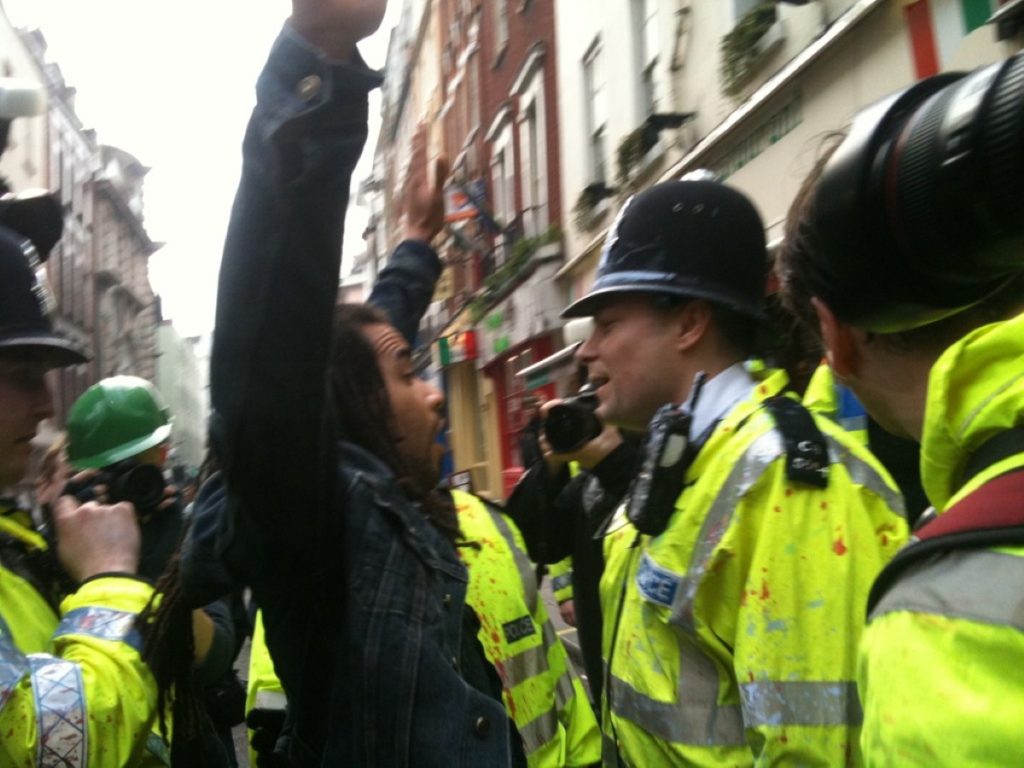Observers reveal Met’s kettling obsession
Police officers managing last month’s anti-spending cuts march had a “when, not if” approach to kettling, legal observers have said.
Civil liberties group Liberty expressed concern with the police’s constant focus on the controversial practice, which a high court judge last week ruled had been unlawful when used in the 2009 G20 protests in London.
On the whole, Liberty said, the Metropolitan police’s response to the hundreds of thousands of demonstrators on the TUC March for the Alternative had been “proportionate”.


But feedback from its 130 legal observers – including two in the Met’s special operations room – revealed that the kettling tactic was “under near constant consideration”.
“There appeared to be a continual expectation that a containment would be imposed at some point,” Liberty said.
“Kettling is a blunt, resource-heavy and logistically difficult tactic and it is difficult to understand why it has become such a favoured option when policing protest.”
Liberty questioned whether police officers were acting within the law when they confiscated placards bearing swear words and took the personal details of protesters.
And its report also noted frequent problems with the communications technology used between the special operations room, bronze commanders and police officers on the ground.
Many officers had to resort to using mobile phones where radios did not work properly.
“As people the world over struggle for basic freedoms, the March for the Alternative was for the most part, a real example of good-natured, well-organised and proportionately policed protest,” Liberty director Shami Chakrabarti said.
“But the preoccupation with ‘kettling’ and political pressure for knee-jerk public order powers continue to threaten the right to peaceful dissent in the oldest unbroken democracy.”
Around 4,500 police officers were involved in the March 26th operation to police the TUC’s march, which attracted up to 500,000 protesters.
The main event was largely peaceful, but roaming groups of black-clad anarchists caused damage to shops in Oxford Street and on Piccadilly.
Assistant commissioner Lynne Owens said the report’s overall conclusion that the policing was proportionate was welcomed by the Met.
“We were faced with the difficult task of striking the right balance between ensuring the vast majority of people were able to peacefully protest whilst managing the small number of criminals intent on disorder,” she said.












